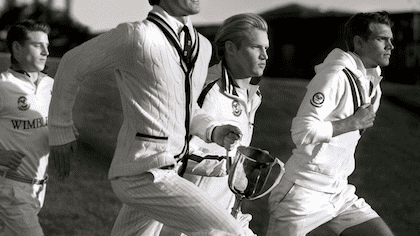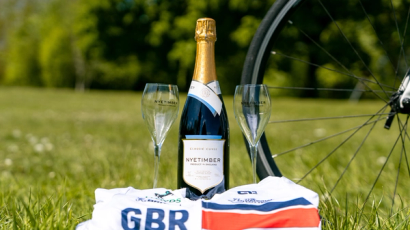

Words: Holly Macnaghten
If you think you can go through life in the gym without paying any attention to your legs and get away with it, think again! If you’re not worried about being turned into an online legs day meme, you should be aware that without training legs you’ll never reach your lifting potential as you’ll never be able to develop your compound lifting power. Over a third of the muscle mass in your whole body is in your legs. The major leg muscle groups in question are the huge hamstring, glute and quadriceps muscle groups.
These muscles can act as fat burning factories, thus helping you achieve your body fat goals without doing thousands of ab crunches. As if this isn’t reason enough to train legs, these muscle groups are among the biggest growth hormone producers in the body, so to experience your upper body gains, HIT LEGS HARD.
For the complete physique, here are 10 tips for getting bigger legs:
1. Ass to Grass Squats:, If you are not moving through a full range of motion while you squat then you are not going to be activating muscles fully. Lower the resistance until you squat something you can stand up with from the floor and build you way back up to bigger plates on the bar!
2. Prove you can count higher than 10!, Too often people are concerned with doing sets of 10. Let me be clear here, this means absolutely nothing to your muscles!!! Sets should be completed to max reps on a weight that has you ‘failing’ in a rep range of 12 – 15 if you want hypertrophic results. Pick a weight that will push you to your max, rather than one you can count to 10 with.
3. Hardcore Hamstrings, Your hamstrings make up about half of your legs and it’s the part that makes all the difference to the overall size. Include deep straight leg deadlifts and you’ll feel these babies grow with each session.
4. Don’t forget your glutes, Building a big, round and most importantly, firm butt is not just something the girls have to be concerned with!
5. Focus on function, While training your legs, try to think of how they get used in daily life. Don’t just build your legs through lateral motions, we move very dynamically and thus our legs should be trained to be strong in multiple ranges.
Think about doing some curtsey squats and some plyometric work.
6. Train unilaterally, What I mean by this is that you should think about training one side at a time. Think about the way you climb stairs, kick a ball or even ride a bike. These tasks are completed using one leg at a time. Try to spend some time training unevenly in the gym, it will lead to stronger legs and greater balance overall.
7. Work your stabilisers, Don’t forget that as you get stronger you will need strong stabilising muscles to help protect you against injury. Slow, weighted step ups and single leg Romanian deadlifts are great exercises to try.
8. Walking lunges, The lunge is a great movement for developing the thighs and strengthening the hips. Lunges target two primary muscles groups:
1) the hip extensors, comprising the gluteal muscles (glutes) and hamstrings
2) the knee extensors, made up of the four muscles collectively known as the quadriceps.
The muscles used in the lunge are the same as those utilized in the squat, but the lunge provides greater range of motion, allowing more substantial glute and hamstring development.
9. Run to the Hills, All the benefits of doing hill sprints are HUGE!
Huge muscle engagement lead to huge gains, huge bouts of fat burn, huge cardiovascular engagement and all in all a huge step towards your goals.
Lastly…
10. Occlude your Quads!, One of occlusion training’s best benefits is the fact that it is done using lighter weights, this means that you are going to use weights with a maximum of 50% of your one rep max instead of your traditional 85% one rep max. The usage of this weight will not only be beneficial to your joints but will also reduce your mental stress while you are working out.
Both long term and short term studies based in the U.S.A and overseas have effectively proved that occlusion training increases protein synthesis by up to 50% in the short term and up to 14% in the long term. Another advantage of occlusion training is that it gives the same benefits as high intensity training methods but is in fact a low intensity exercise allowing more you to complete more sets without raising your heart rate to a high level and feeling tired. Occlusion training has also been proven to increase growth hormone levels.
And in case that wasn’t enough reason to strap up your legs … do it because those that have been successful before you do it!


